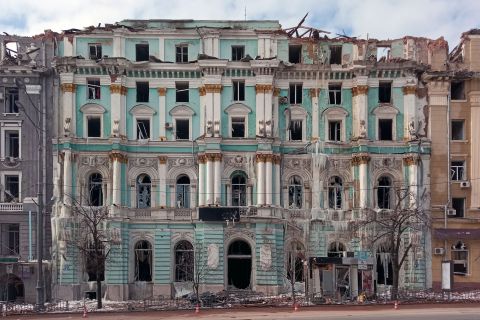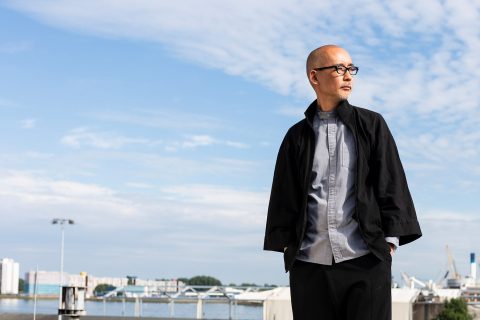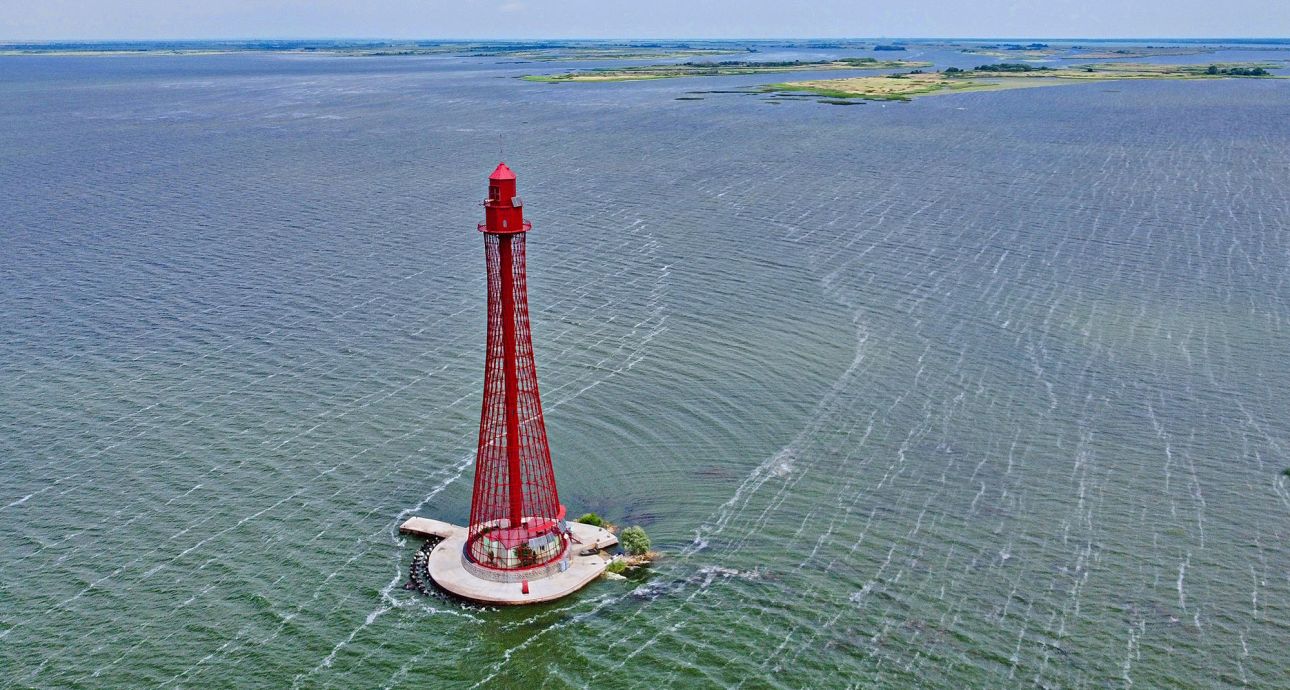
The Largest Ukrainian Lighthouse Destroyed in Kherson Oblast. Here Is Why It’s Deemed More Superb than the Eiffel Tower
In the end of July three russian missiles hit the Adziogol Lighthouse in Kherson Oblast – two struck the main part, one landed on construction. This news went unnoticed amid other landmarks’ destruction. But it is something to be sad about: firstly, the building is the highest lighthouse in Ukraine; secondly, it is a unique hundred-year-old object that still looks futuristic.
There are two Adzhigol lighthouses: the rear one, which was hit by rockets (76 metres high), and the front one (34 metres). The rear one is the highest lighthouse in Ukraine and the nineteenth in the world. The smaller one, its exact copy, is located six kilometres away. At the beginning of the 20th century, Kherson started rapidly growing. In 1907, a railway track was laid here, a year later the first city power station was activated, and the seaport became an important link in sea trade. Due to the deepening of the river, the mouth of the Dnieper was considered difficult to navigate, and soon there came the need to have a lighthouse in that location.
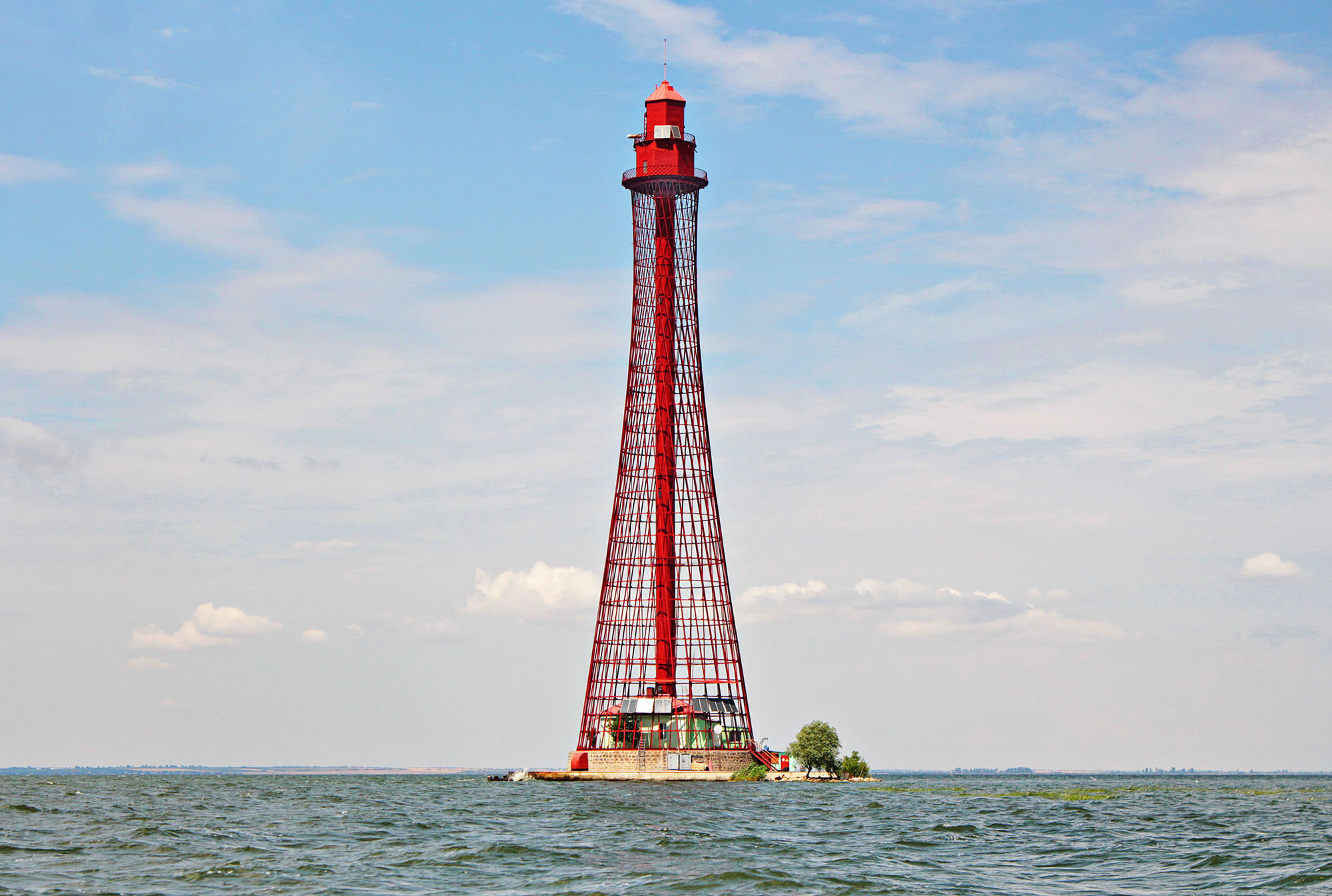
Stanislav Range Rear Light
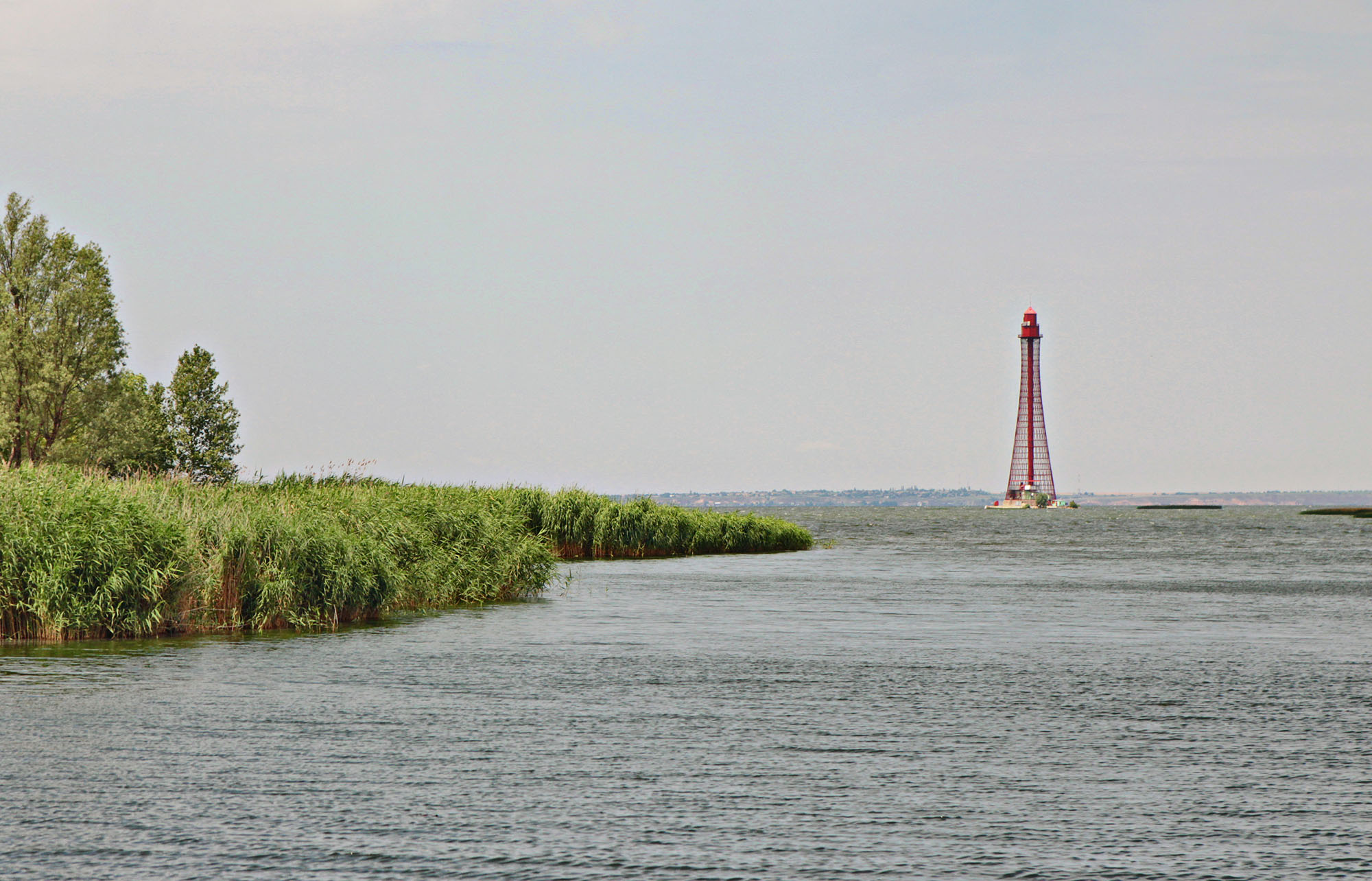
Stanislav Range Rear Light
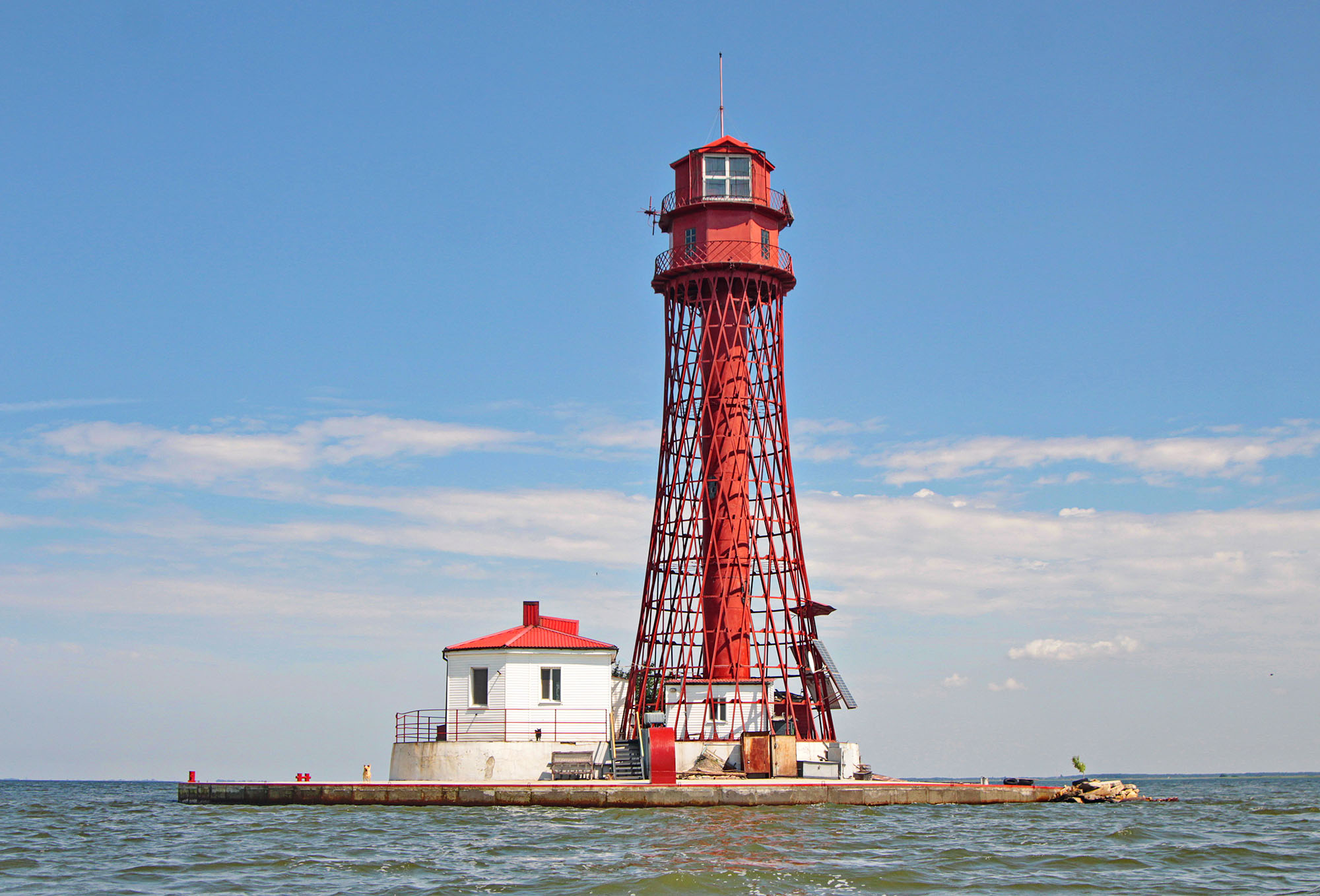
Stanislav Range Front Light
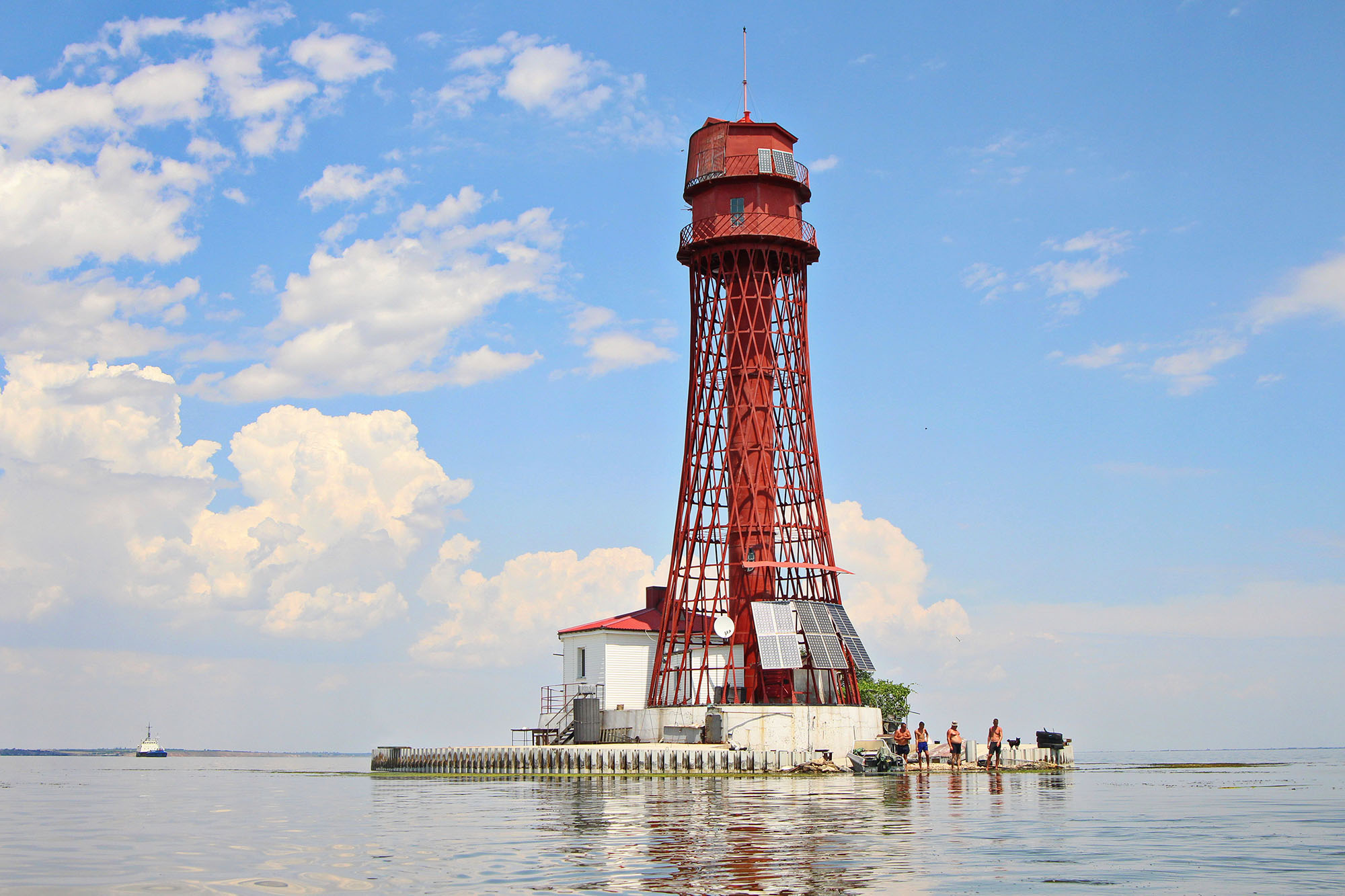
Stanislav Range Front Light
So, in 1911, the Russian engineer Volodymyr Shukhov designed a tall, but quite elegant, considering its size, metal structure – the Stanislav–Adzhyhol Lighthouse in the village of Rybache on the Dnieper estuary.
At the end of the 19th and the beginning of the 20th century, buildings based on Shukhov’s design appeared all over the Russian Empire, and then the Soviet Union. In Ukraine, his towers still left in Mykolaiv, Cherkasy, Bila Tserkva, Chasiv Yar in Donetsk region, Piskivka in Kyiv region, Pomichna in Kirovograd region, Shostka and Konotop. These objects have different purposes – either water pumps or radio towers – but all these costructions are dubbed “Shukhov’s towers”.
“Shukhov’s towers” are often compared to the Eiffel Tower, not in favour of the latter one: Shukhov’s creations are lighter and consequently cheaper.
They are often compared to the Eiffel Tower, not in favour of the latter one: Shukhov’s creations are lighter and consequently cheaper. Well, the Shukhov radio tower in Moscow reaches 160 meters and weighs around 240 tons, and the 324-metre Eiffel Tower is 7,300 tons. Shukhov’s buildings are easy to recognize. They are iron mesh towers shaped as a hyperboloid, that is, they bend inward. This allows one to build them high without the risk of collapse, and the grid in such structures makes them more wind resistant.
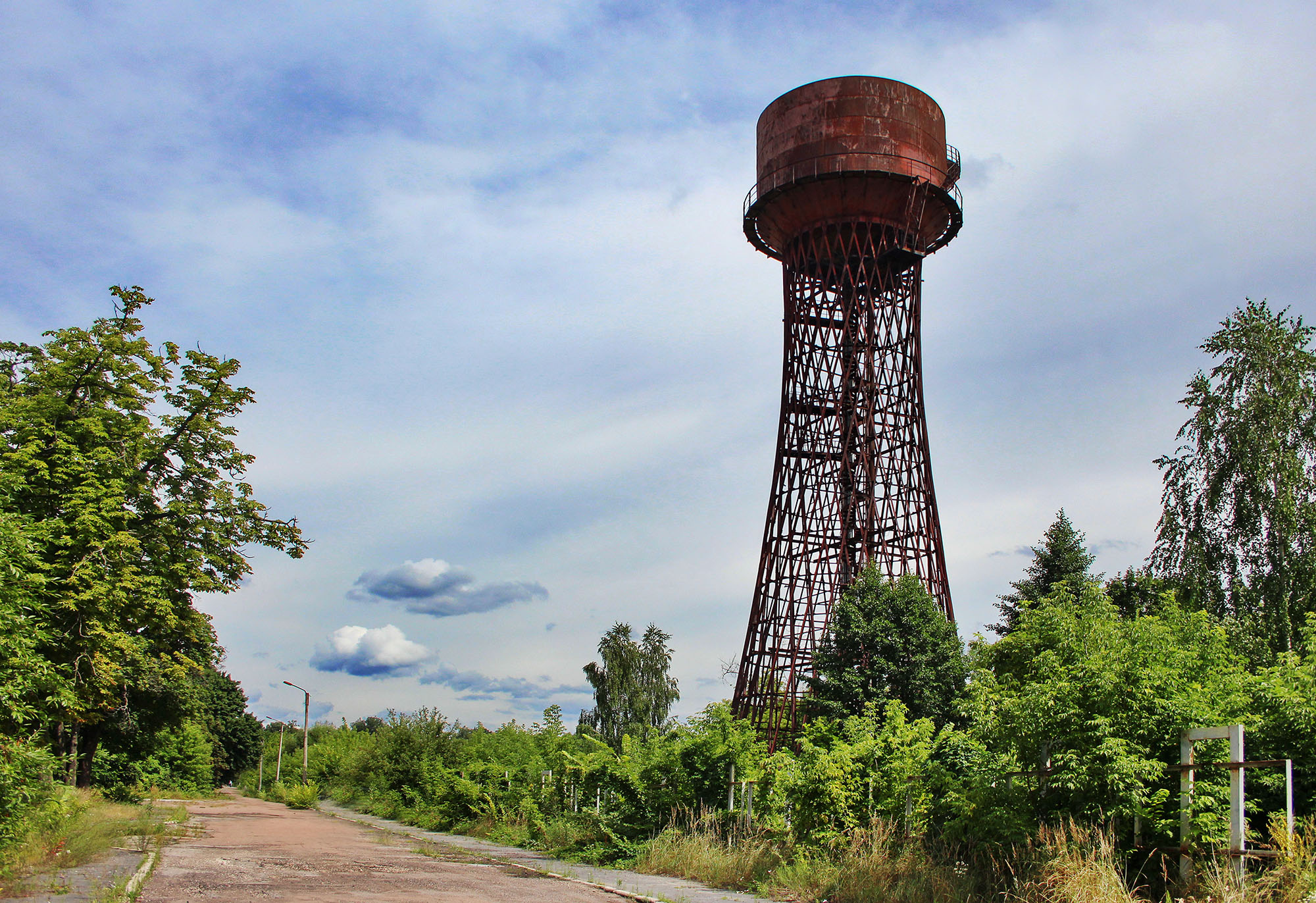
Water tower in Shostka
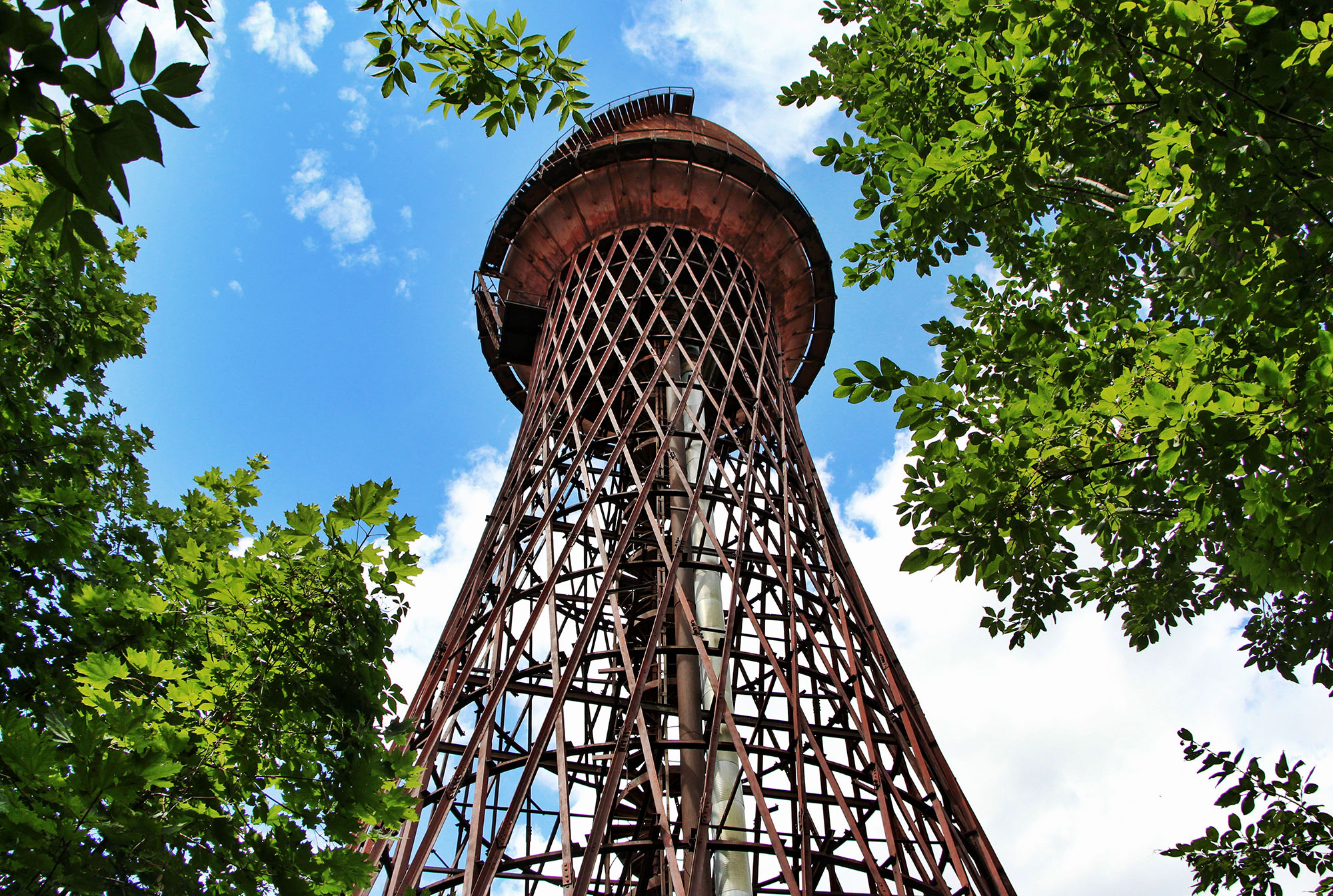
Water tower in Shostka
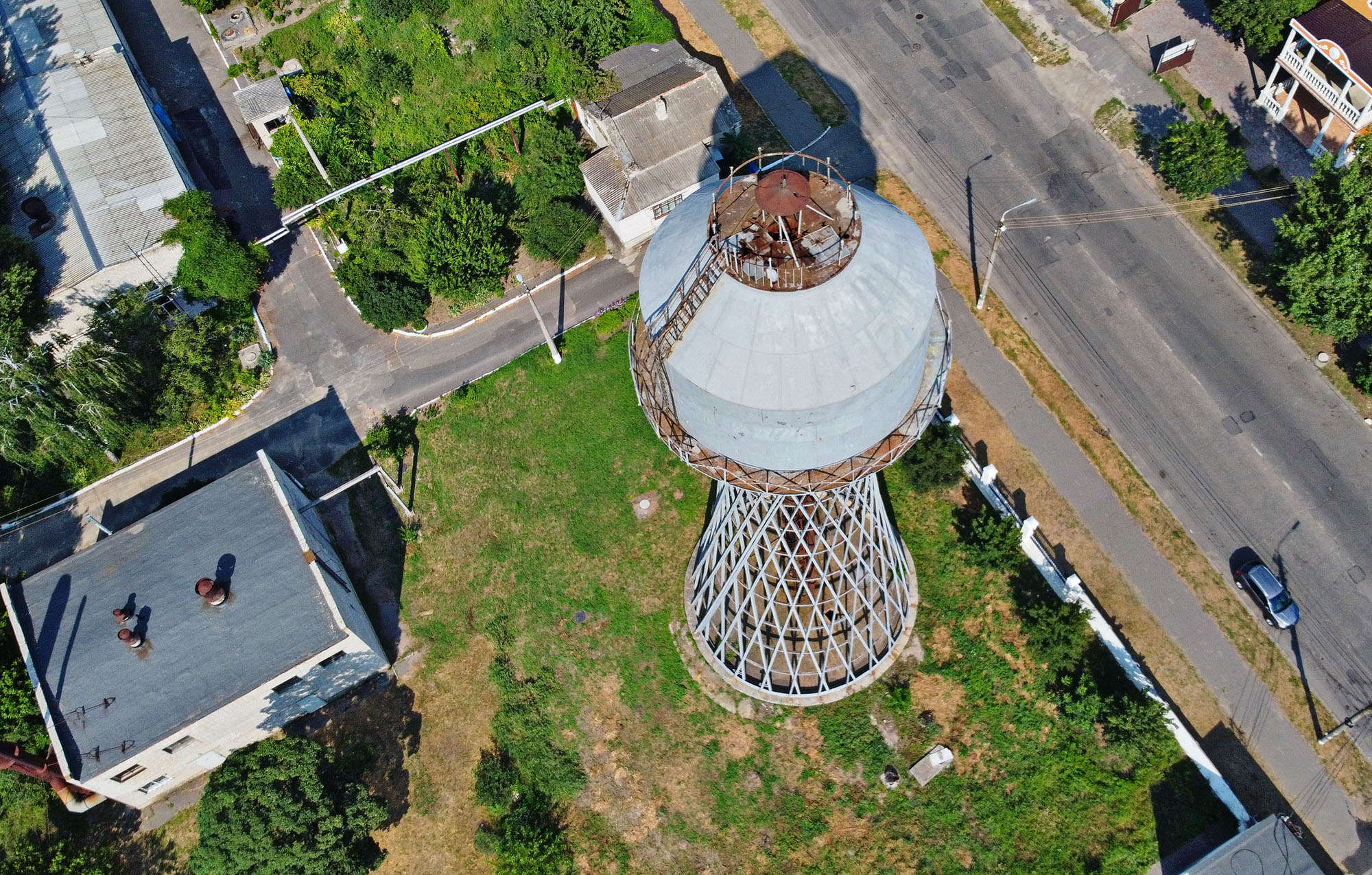
Water tower in Mykolaiv
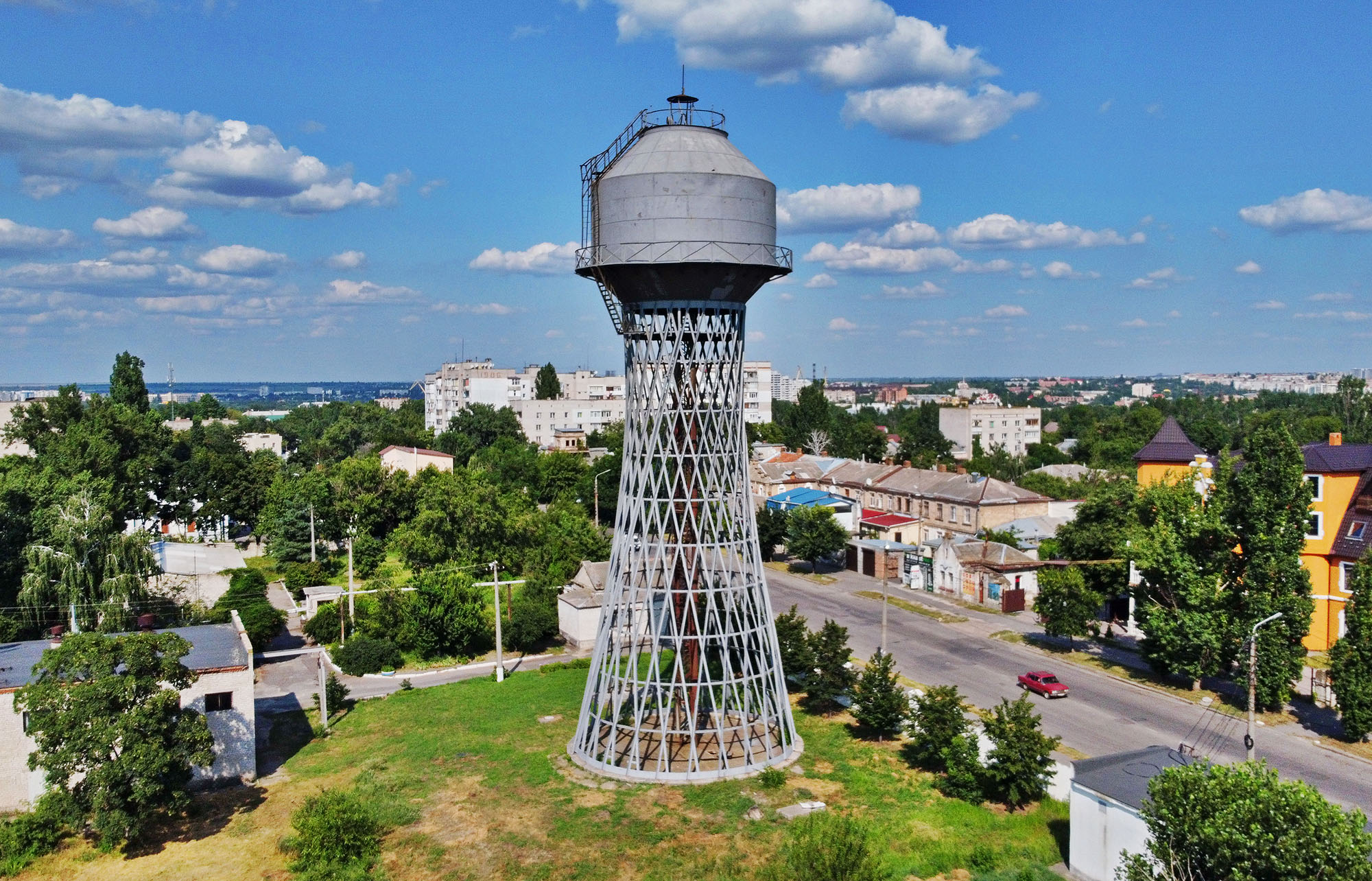
Water tower in Mykolaiv
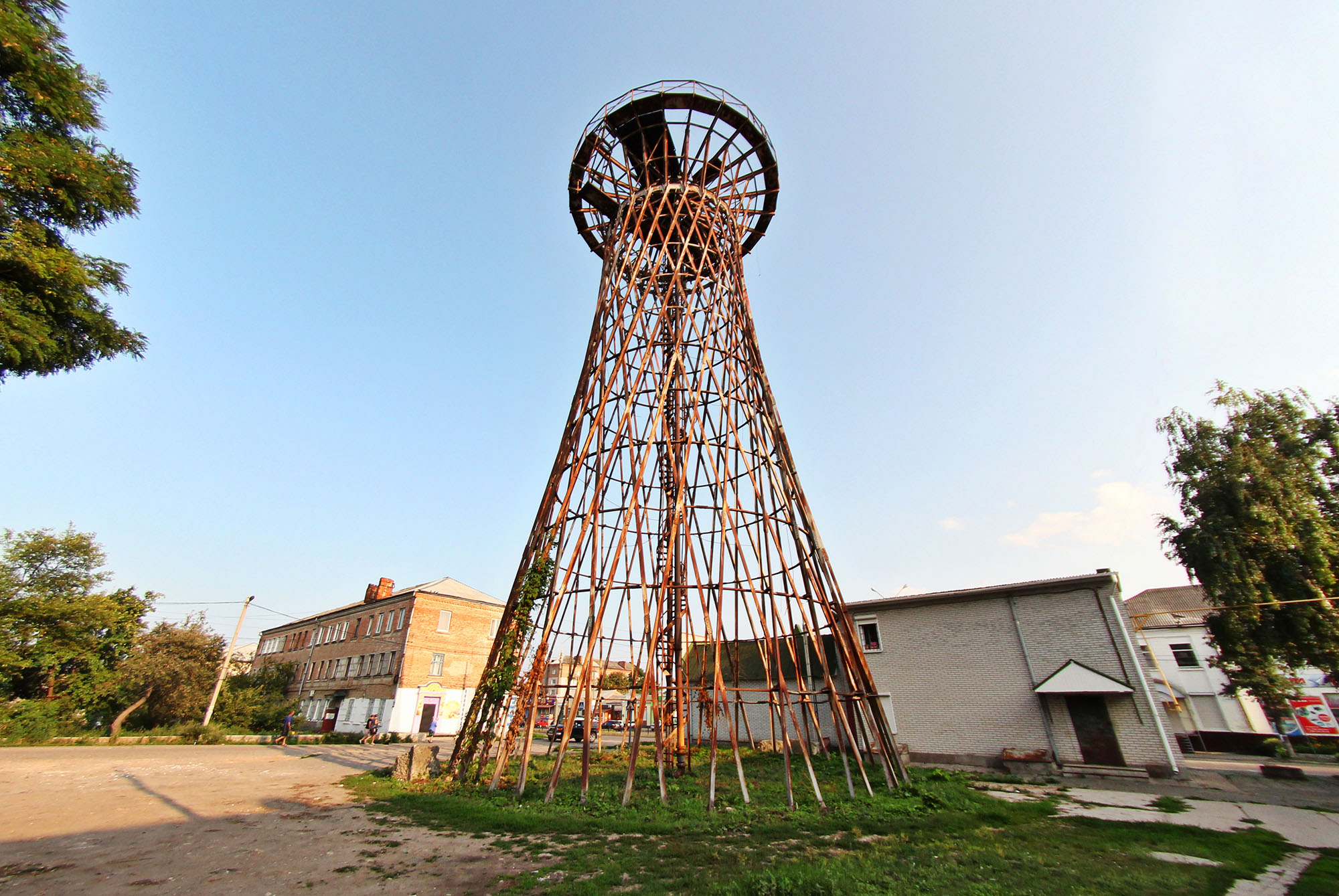
Water tower in Konotop
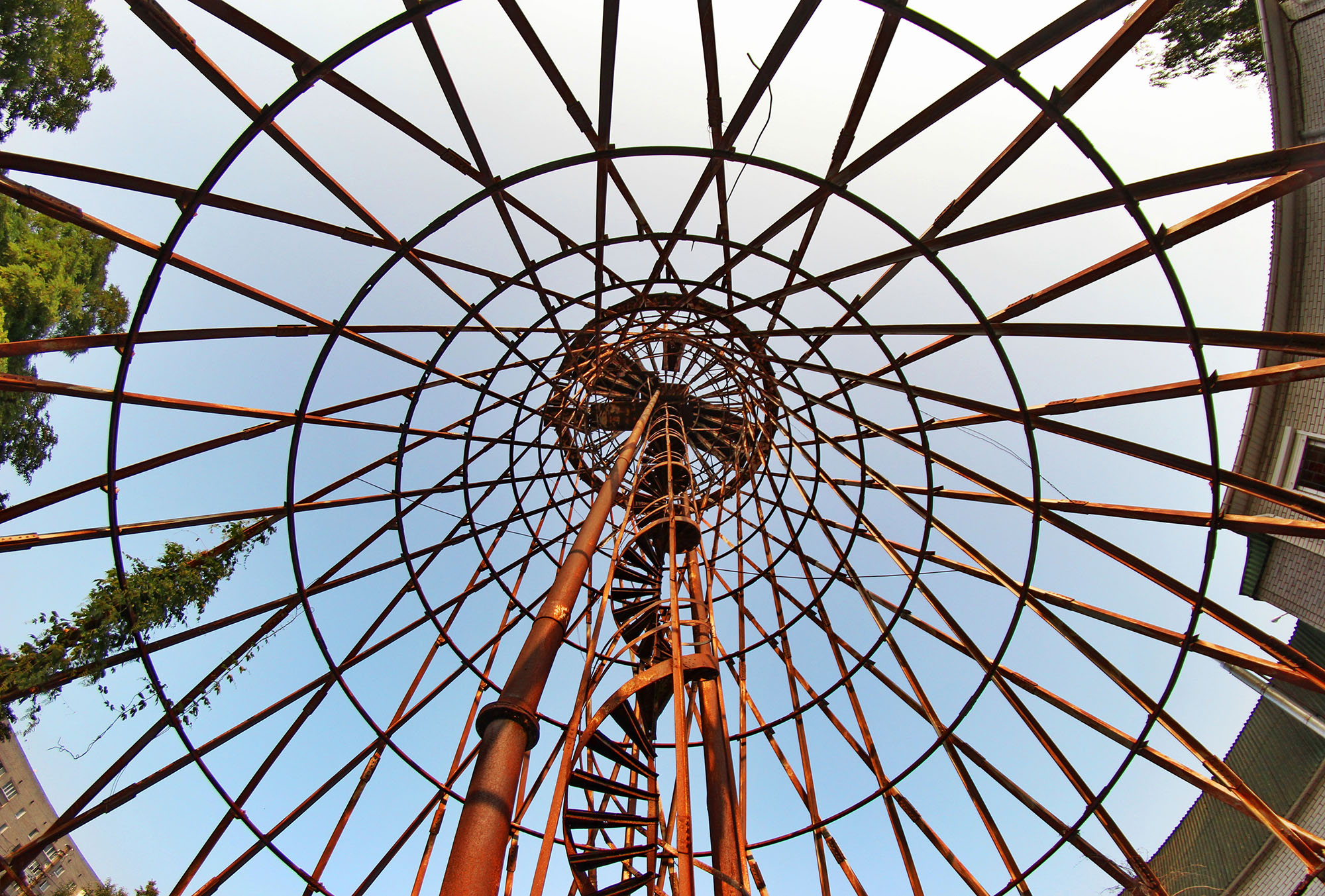
Water tower in Konotop
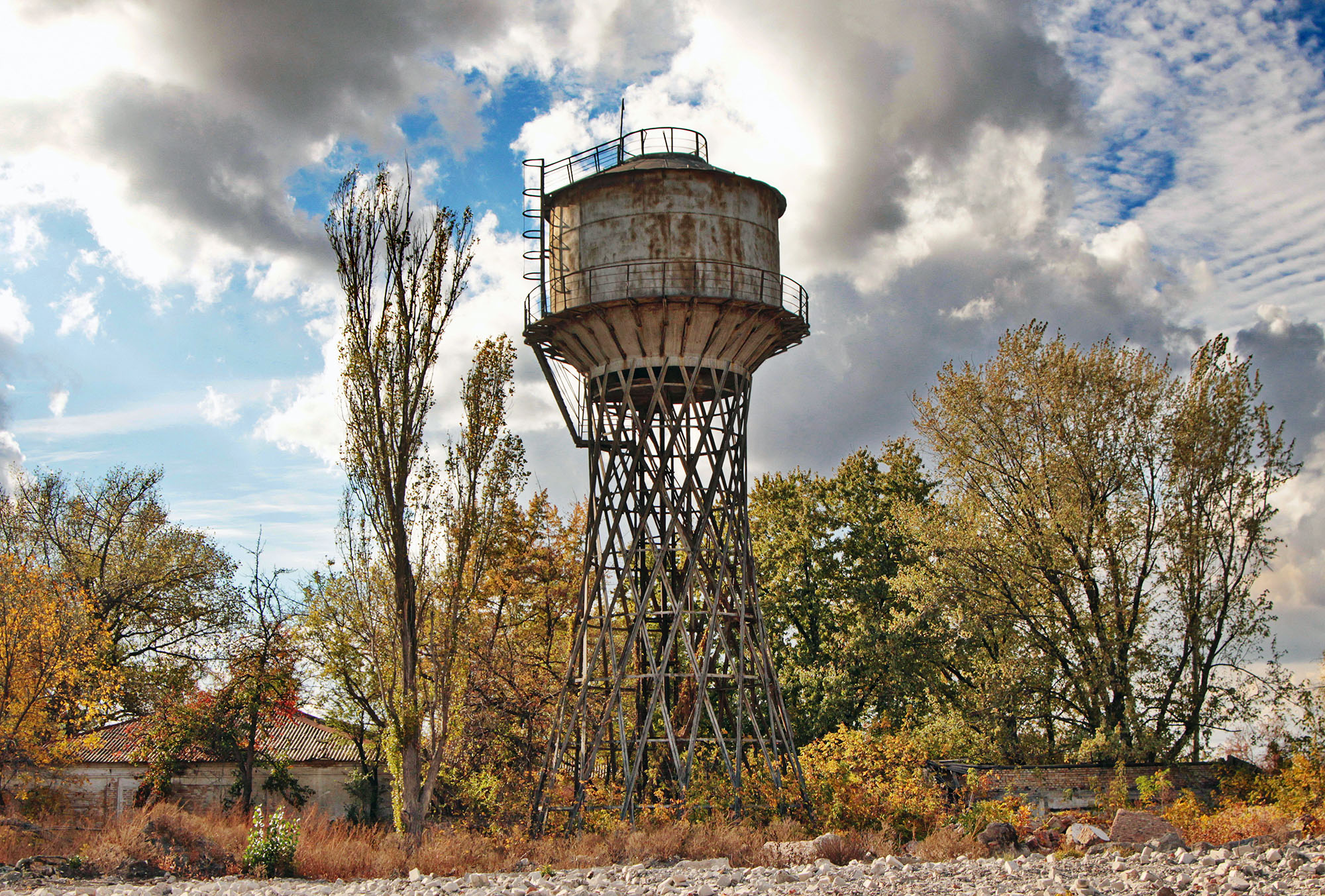
Water tower in Chasiv Yar
Although the architect assigned the rights to all his inventions to the Soviet Union, his relations with the authorities were strained. In 1920, during the construction of a radio tower in Moscow, an accident occurred and Shukhov was arrested. He was almost shot, although the cause of the collapse was low-quality metal, not an error in his drafts. The architect was officially pardoned only in 1922.
Both Shukhov lighthouses were operable before the occupation, but as they were among strategic objects, it was impossible to access them. However, in 2020, tourists were allowed here. As the traveller and photographer Oleksandr Malyon, who admires Shukhov’s hyperboloids, writes, both lighthouses have everything required to accommodate people: electricity, bathrooms, water supplies and radio communication.
“On the seashore, one and a half kilometres from Rybalchy, where the Dnipro flows into the Black Sea, a narrow building has been standing for over a century. Its presence in this place is still necessary. In order to steer a ship up the Dnieper, shrouded in endless autumn fog, towards Kherson, one must know how peculiar the crossing between the river islands is, its branches and deepened channels in the composite river mouth” – these are the words of Jose Luis Gonzalez Macias, a designer who last year published “Worldwide atlas of lighthouses”, used to describe it.
The construction survived the First and the Second World Wars, but was hit by russian missiles. It is not known in what condition the rear Adzhigol lighthouse exactly is right now. But there is an encouraging story. During the Second World War, the water tower in Cherkasy, built according to Shukhov’s project, was destroyed twice, then restored in 1949, but in 1975 its use was terminated. However, more than forty years afterwards, the facility was restored and reopened in 2016.
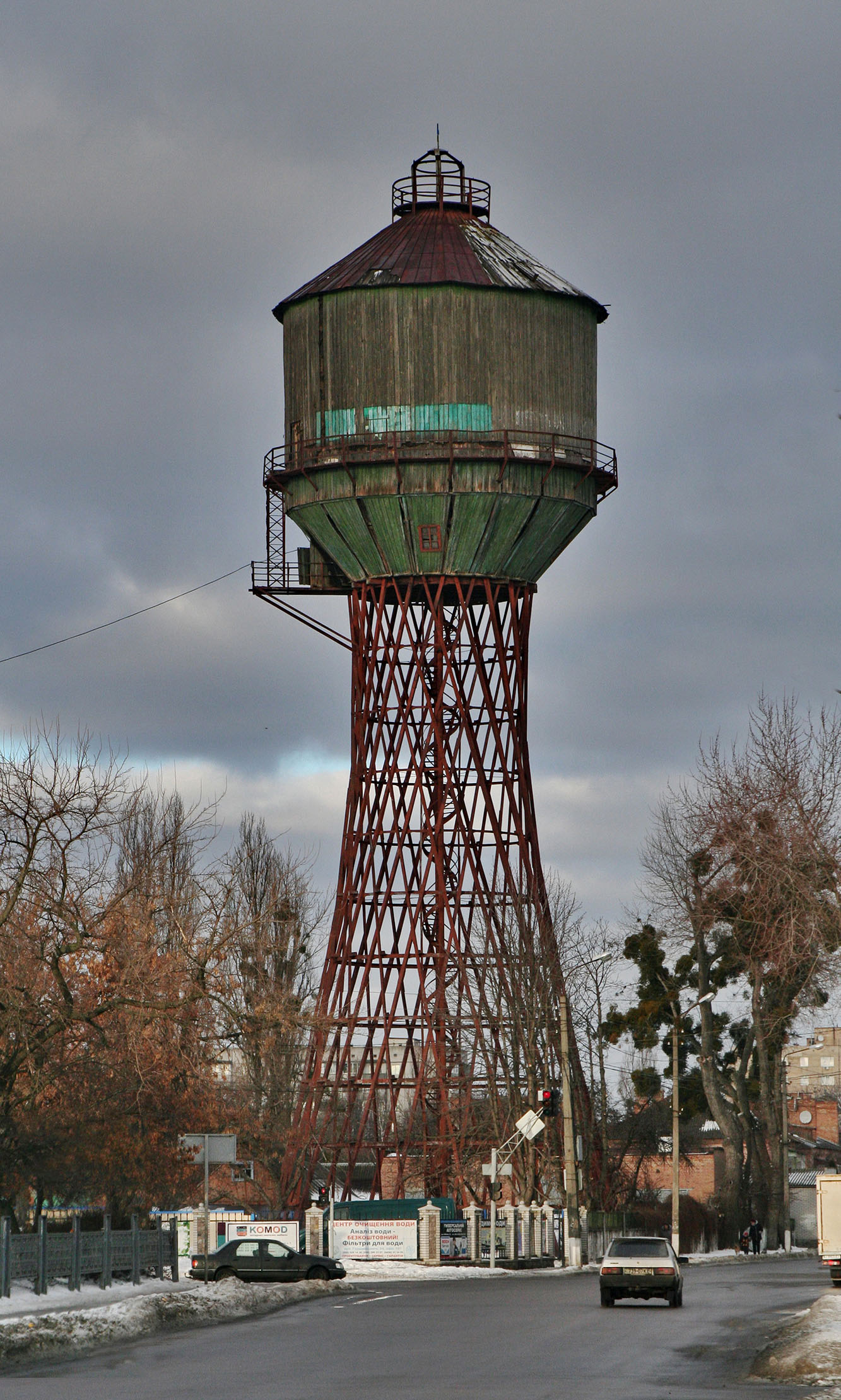
Water tower in Bila Tserkva
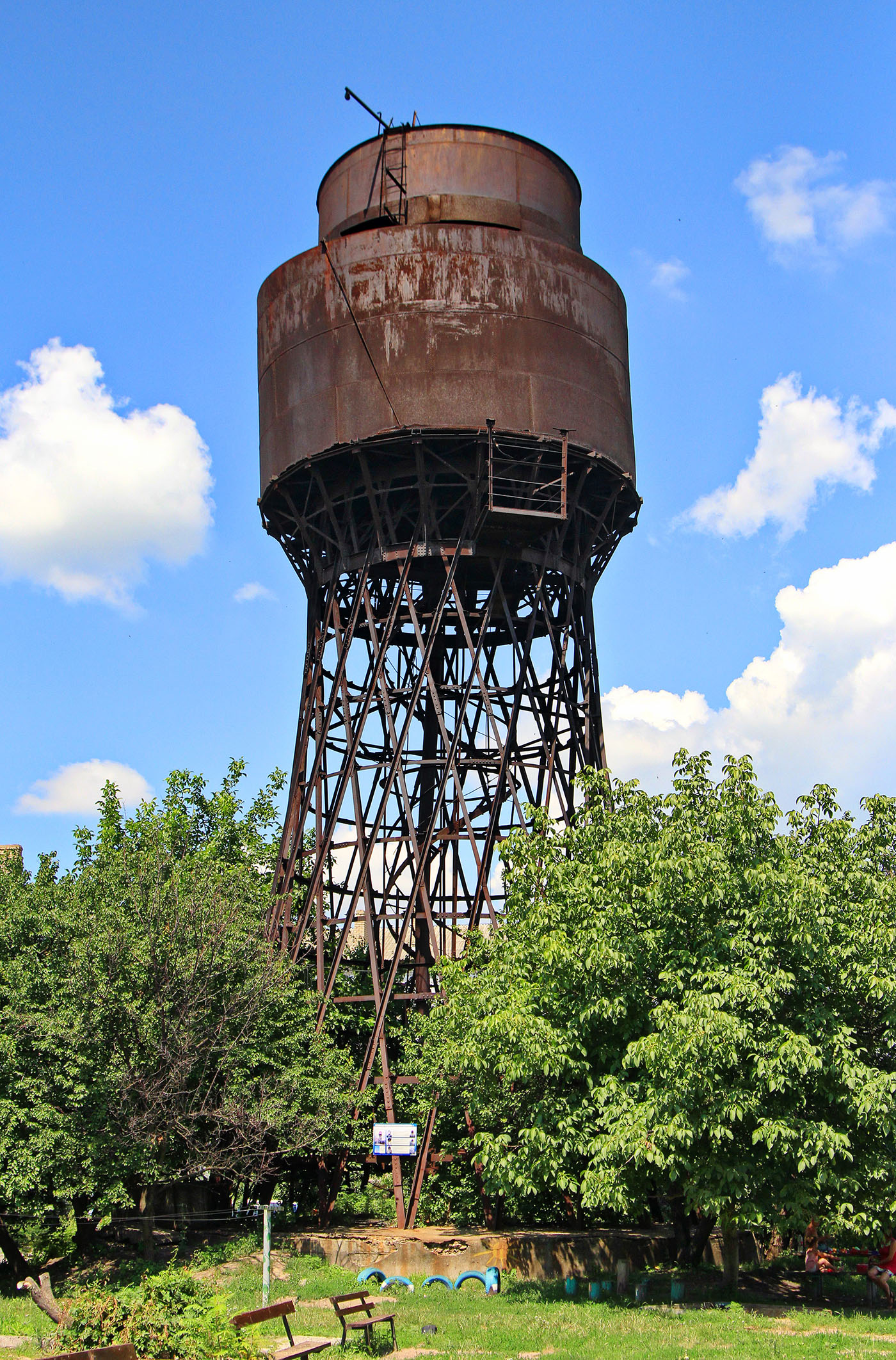
Water tower in Pomichna
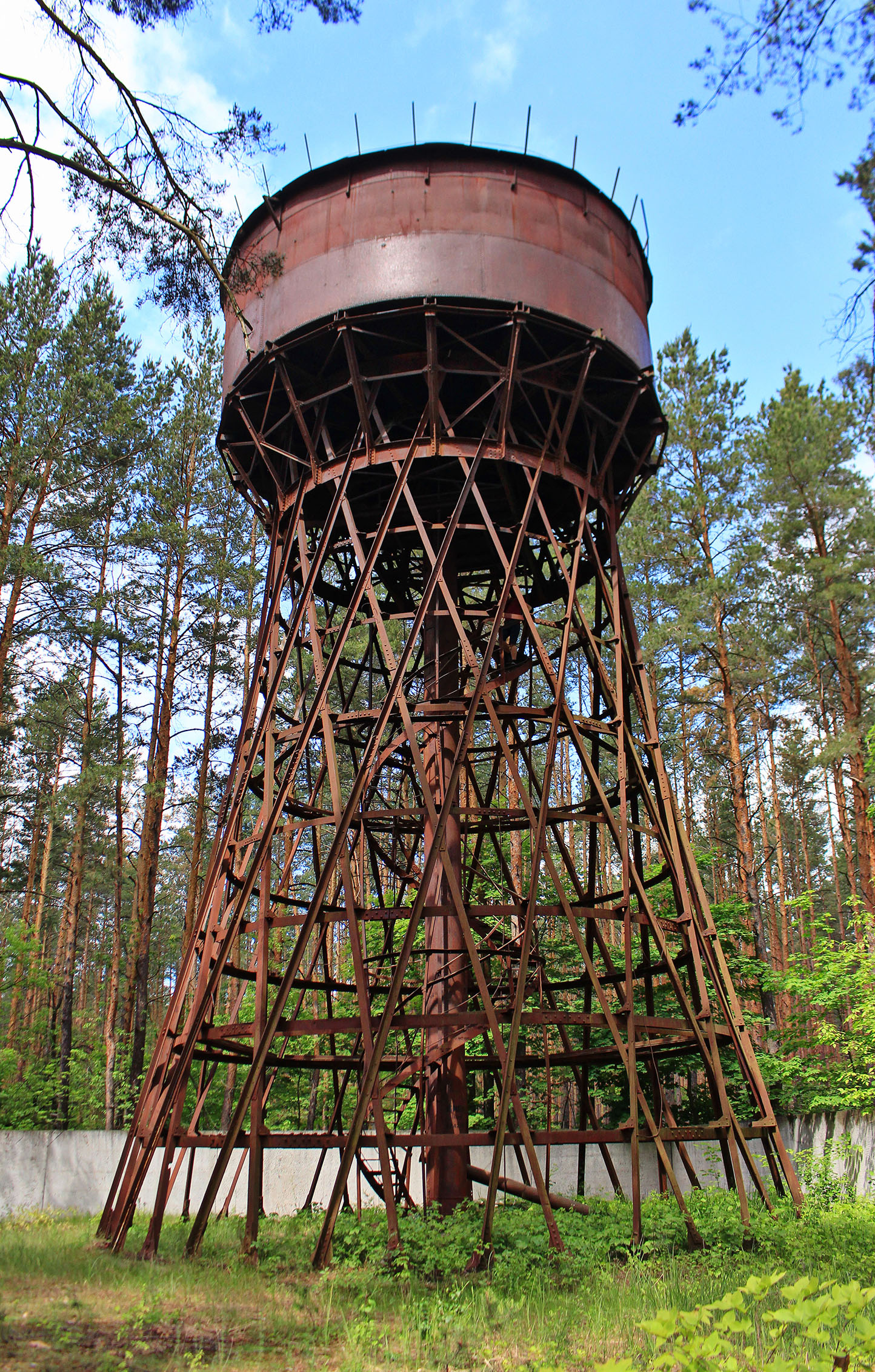
Water tower in Piskivtsi
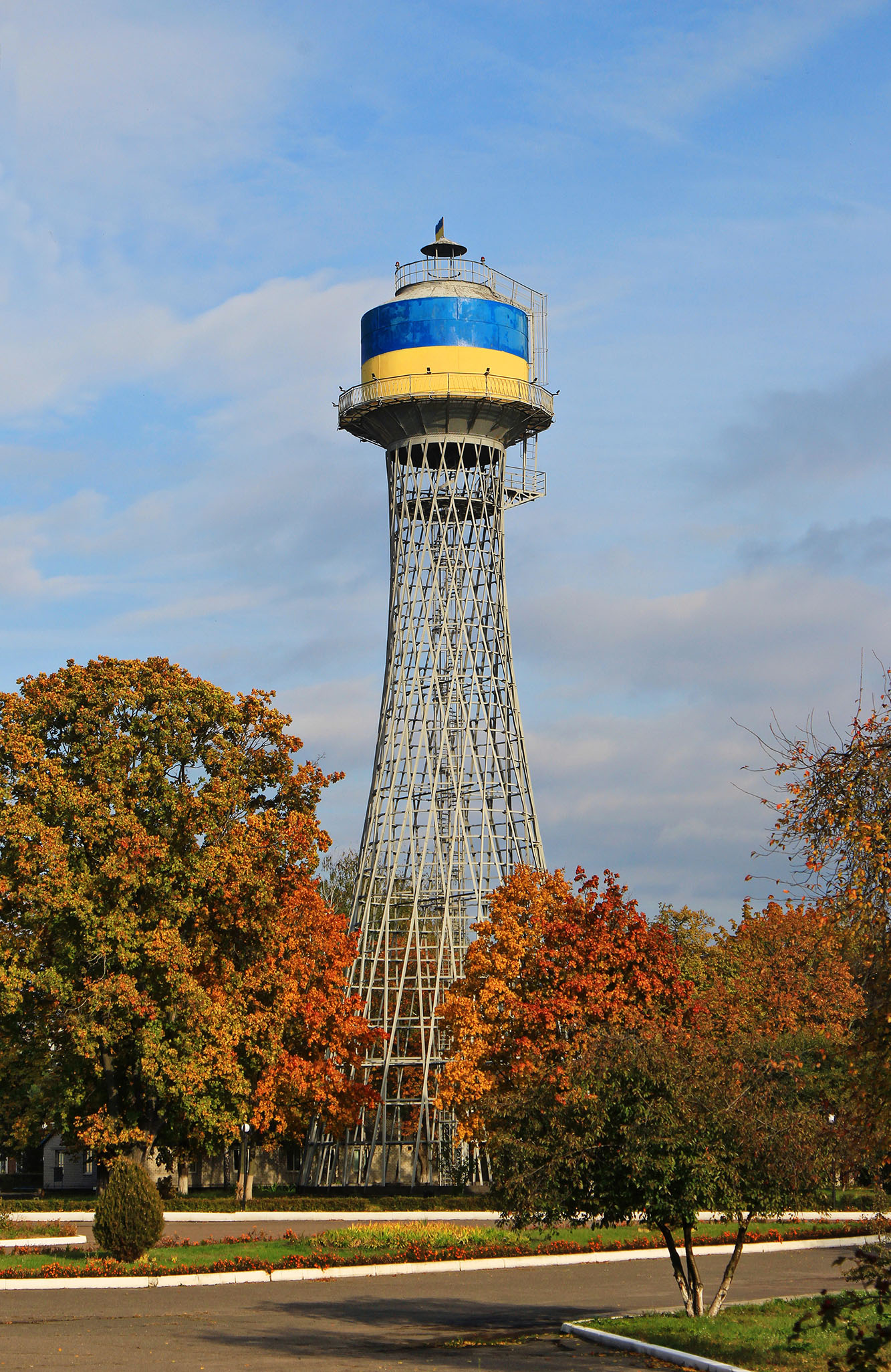
Water tower in Cherkasy
Photo: Oleksandr Malyon
New and best
